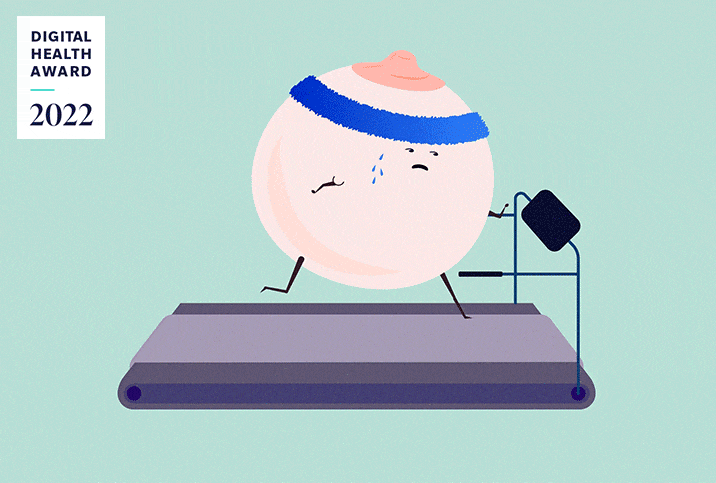We all know keeping a nutritious diet is a vital component to maintaining health and well-being. However, knowing exactly how to do so and what combination foods constitute a nutritious diet can prove difficult.
This is especially true when the internet and popular media are flooded with information touting fad diets and detoxes, which promise to contain the "key to lasting health" and, more often than not, weight loss.
On a basic level, achieving a nutritious diet is primarily about what kinds of foods you consume—and how consistently you eat them—rather than focusing on the numbers game of counting calories.













